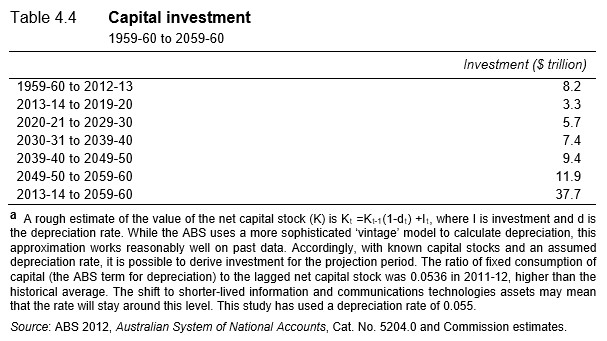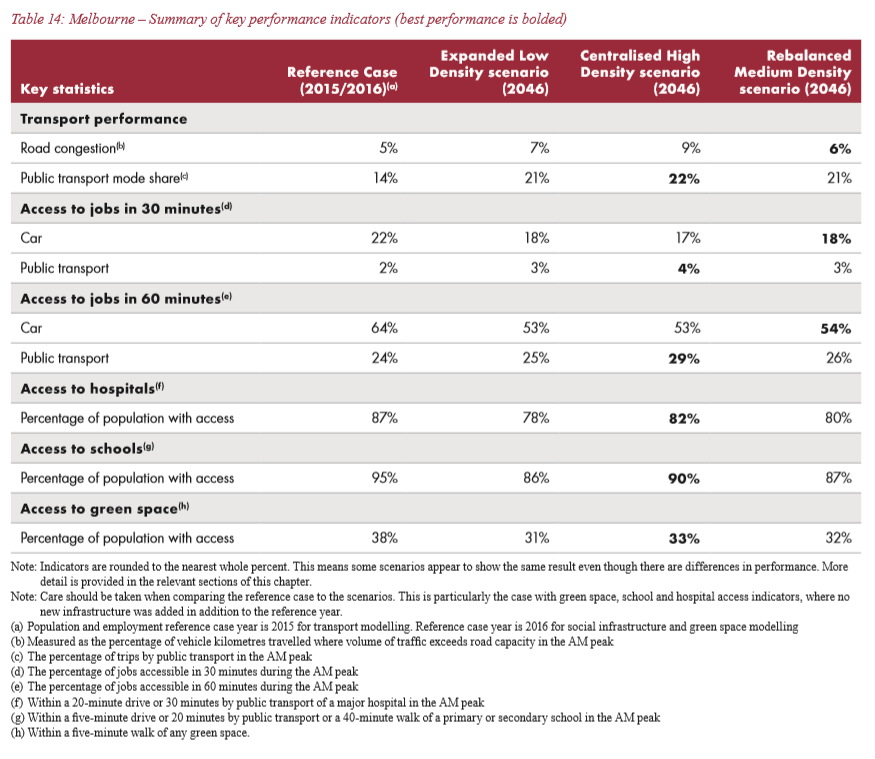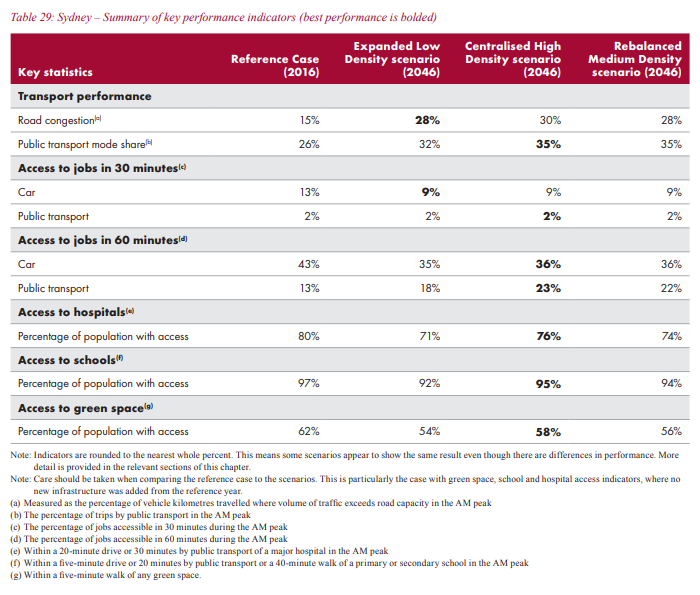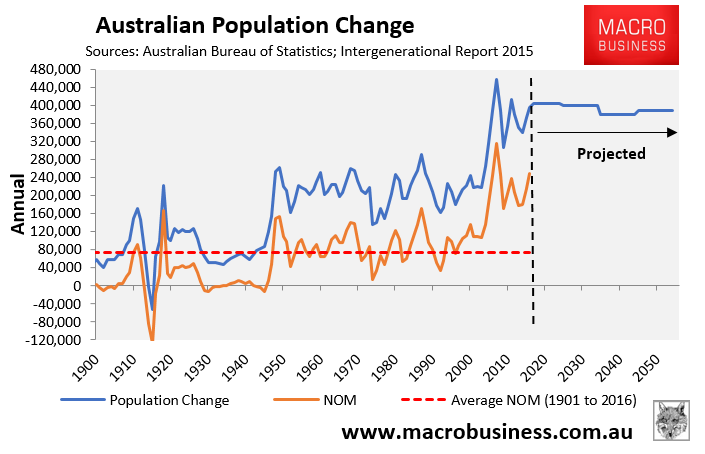KPMG has released alarming analysis showing that Australia’s infrastructure investment binge is failing to keep pace with the nation’s manic immigration-driven population growth, with 3.5% growth in public spending on infrastructure required just to cover depreciation and population growth:
KPMG chief economist Brendan Rynne said just “to stand still” Australia needs to spend about $45 billion on public sector assets each year…
Mr Rynne said that despite those larger investments, public infrastructure spending remained inadequate – with total government spending reaching $86 billion in 2017, $14 billion short of the approximately $100 billion required to maintain and create better services…
Victoria has the lowest net increase of all the eastern states, courtesy of a population boom…
On a per capita basis smaller population jurisdictions such as South Australia and the Northern Territory, are spending relatively more than the more populous states…
None of this should be surprising. A 2013 report by the Productivity Commission (PC) warned that total private and public investment requirements over the next half century are estimated to be more than 5-times the cumulative investment made over the last half century:

Whereas Infrastructure Australia’s recent modelling showed that both Melbourne’s and Sydney’s living standards will be crushed as their populations surge to 7.3 million and 7.4 million by 2046, regardless of how they grow, with worsening congestion and reduced access to jobs, hospitals, schools and green space:


Remember, in already built-out cities like Sydney and Melbourne, the cost of retrofitting new infrastructure to accommodate greater population densities is prohibitively expensive because of the need for land buy-backs, tunnelling, as well as disruptions to existing infrastructure.
These concerns were explicitly noted in the PC’s 2016 Migrant Intake into Australia report:
Physical constraints in major cities make the costs of expanding infrastructure more expensive, so even if a user-pays model is adopted, a higher population is very likely to impose a higher cost of living for people already residing in these major cities.
…governments have not demonstrated a high degree of competence in infrastructure planning and investment. Funding will inevitably be borne by the Australian community either through user-pays fees or general taxation…
As well as the PC’s recent Shifting the Dial: 5 year productivity review:
Growing populations will place pressure on already strained transport systems… Yet available choices for new investments are constrained by the increasingly limited availability of unutilised land. Costs of new transport structures have risen accordingly, with new developments (for example WestConnex) requiring land reclamation, costly compensation arrangements, or otherwise more expensive alternatives (such as tunnels).
The most obvious and least cost policy solution, therefore, is to significantly dial back Australia’s immigration program, reduce population growth, and forestall the need for costly new infrastructure projects in the first place:

Immigration and infrastructure problems are directly linked. Immigration must be halved if Australia is to maintain the liveability of its cities.

